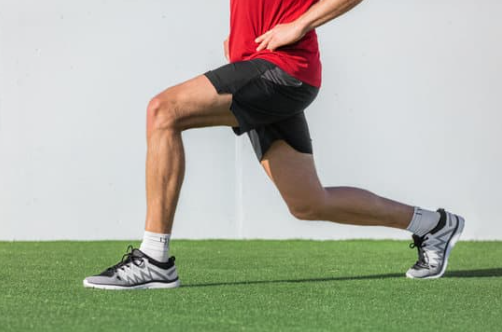
Running a half marathon is an exciting and achievable goal, whether you’re a complete beginner or a seasoned runner looking to push yourself further. The 13.1-mile distance requires preparation, patience, and a smart approach—but with the right plan, you can cross the finish line feeling strong and accomplished.
Step 1: Assess Your Current Fitness
Before starting a training program, evaluate your current fitness level:
-
Can you comfortably run or jog 2–3 miles without stopping?
-
Do you have any injuries or health concerns that might affect training?
-
Are you consistent with weekly exercise, even if it’s walking or cross-training?
If running 2–3 miles feels challenging, begin by building a base with walk/run intervals or other low-impact cardio like cycling or swimming. Gradually increase your endurance before committing to a structured half marathon plan.
Step 2: Set a Realistic Timeline
A safe and effective training plan typically lasts 10–16 weeks, depending on your experience and fitness level. Giving yourself enough time to gradually increase mileage reduces the risk of injury and burnout.
Step 3: Choose a Training Plan
There are many half marathon training plans available, but a good plan generally includes:
-
Three to four runs per week: A mix of easy runs, long runs, and optional speed work.
-
Rest and recovery days: These are essential to allow muscles to repair and adapt.
-
Cross-training: Activities like swimming, cycling, or strength training build overall fitness without extra impact on your joints.
Example Weekly Structure for Beginners:
-
Easy Run: 2–4 miles at a comfortable pace
-
Long Run: Start at 3–4 miles and gradually increase to 10–12 miles
-
Optional Speed or Hill Work: Short intervals to improve strength and stamina
-
Cross-Training: 1–2 days of low-impact cardio or strength work
-
Rest Days: At least 1–2 days per week
Step 4: Focus on Proper Form and Injury Prevention
Running with proper form helps prevent injury:
-
Keep your posture tall and shoulders relaxed.
-
Land softly on your midfoot rather than your heels.
-
Engage your core for stability.
-
Increase mileage gradually—no more than 10% per week.
Don’t skip strength training, particularly for your core, hips, and legs. Strong muscles support your joints and improve running efficiency.
Step 5: Fuel Your Body
Nutrition and hydration are critical during training:
-
Eat a balanced diet with carbohydrates, protein, and healthy fats.
-
Hydrate consistently, especially before long runs.
-
Practice fueling strategies for longer runs with snacks or sports drinks to prevent energy crashes on race day.
Step 6: Mindset and Motivation
Running a half marathon is as much mental as physical:
-
Set realistic expectations and celebrate milestones along the way.
-
Consider running with a friend or joining a local running group for accountability.
-
Visualize crossing the finish line—it’s a powerful motivator!
Final Thoughts
Starting your half marathon journey requires preparation, patience, and consistent effort. By building a base, following a structured plan, focusing on proper form, and fueling your body appropriately, you’ll be ready to tackle the 13.1 miles with confidence. Remember, the journey is just as rewarding as the finish line, so enjoy each step of your training!











.jpg)

